What’s the Buzz
The Bee Healthy Blog
What Is the Best Medication for Lower Back Pain?

Some 16 million Americans—8 percent of all adults—suffer from chronic or persistent back pain. Adults with back pain are limited in everyday activities and tend to be less active. Healthcare expenditures for such individuals are 2.5 times more on average compared to adults without back pain. Back pain is a leading cause of work limitations, missed days at work, and disability.
If you suffer from back pain and your pain persists for more than two weeks or is severe, you should seek urgent medical attention. Your lower back pain could be a sign of a serious health issue such as an infection, fracture, or tumor. These conditions are typically treatable, especially if caught early.
However, if your back pain is mild or severe, your doctor may prescribe a short course of prescription or over-the-counter pain reliever. Keep in mind that even though all of these medications are intended to relieve pain, they have their key differences. Please continue reading to learn about different types of pain relievers that can help with chronic low back pain.
Which painkiller is good for back pain?
If you have mild low back pain, an over-the-counter NSAID (nonsteroidal anti-inflammatory drug) may provide adequate pain relief. You can combine an NSAID with conservative measures like rest, heat, or ice. Examples of these back pain medications include ibuprofen (Motrin, Advil) and naproxen sodium (Aleve). Topical pain relievers (ointments, creams, patches, salves) also work for some people. Using topical and oral NSAID together is not typically advised, but some people find the combination very effective in treating their pain. Talk to your doctor or pharmacist if you have questions about combining oral with topical NSAIDs. Generally, most mild-intensity back pain responds to these treatments.
However, should your pain persist, do not take over-the-counter (OTC) pain medications for a long time without a doctor’s advice. Overuse of these drugs can lead to serious side effects. If you continue to feel pain, while figuring out what is the root of the problem, your doctor can prescribe a short course of other medications such as prescription NSAIDs (which have higher strengths), muscle relaxants, antidepressants, or opioid pain pills. In addition to oral pain medications, patients are recommended to obtain comprehensive care by undergoing physical therapy, aqua therapy, acupuncture, or massage.
What medications can be used to get pain relief from low back pain?
There are various types of medications that can be used to treat back pain. Some of them are available over the counter, while others are prescription medications. Here is a brief overview of the medications that can be effective against lower back pain.
Acetaminophen (Tylenol)
This is usually the first line of treatment for lower back pain. Acetaminophen relieves minor aches and pains. However, this medicine is not an anti-inflammatory drug, meaning it does not reduce swelling and inflammation. Therefore, it may or may not be effective, even for minor back discomfort. The advantage, however, is that acetaminophen is gentler on the stomach compared to NSAIDs and is less likely to cause stomach bleeding.
Keep in mind that acetaminophen can damage the liver at high doses. According to the U.S. Food and Drug Administration (FDA), you should not take more than 4,000 mg of acetaminophen in one day. Doctors often advise a maximum daily dose of 3,000 mg. Generally, it is highly recommended that one should not take more than that 3,000 mg limit of acetaminophen, especially if it is consumed on a regular basis. Keep in mind that Extra Strength Tylenol has more acetaminophen (500 mg) than regular strength Tylenol (325 mg).
Non-steroidal anti-inflammatory drugs (aspirin, Aleve, Motrin, Advil)
These drugs are a group of pain relievers that are available over-the-counter or with a prescription. They help to reduce pain, swelling, and fever. NSAIDs can treat back pain in most cases when it is mild to moderate.
However, like all medicines, NSAIDs can cause side effects, the most common being gastrointestinal problems like heartburn, nausea, diarrhea, and stomach pain. More serious side effects of nonsteroidal anti-inflammatory drugs include internal bleeding, stomach ulcers, and kidney damage. These serious side effects are more likely to happen if an NSAID is being consumed chronically.
If your low back pain does not get better after two weeks of treatment with OTC NSAIDs, you should be examined by a healthcare professional. Your primary care doctor may prescribe stronger medications and refer you to a physical therapist if needed.
Muscle Relaxants (Flexeril, Zanaflex, Skelaxin)
Doctors sometimes prescribe muscle relaxants for lower back pain. These drugs work by easing spasms in the muscles. The most common side effects of muscle relaxants are drowsiness and dizziness.
Antidepressants (Cymbalta, amitriptyline, Pamelor, Tofranil, Norpramin, Anafranil)
If you have neuropathic low back pain with pain shooting down your legs, your doctors may prescribe antidepressant medications. Along with an antidepressant effect, these drugs also block pain signals.
However, antidepressants can take several weeks to provide moderate relief from back pain. Possible side effects of these medicines include drowsiness, dizziness, constipation, and dry mouth. Talk to your doctor or pharmacist if you have other questions about the side effects of antidepressants.
Narcotics (Percocet, OxyContin, Vicodin)
Opioids (narcotics) are stronger medications that are sometimes used for short-term treatment of back pain after injuries or surgery. After injuries or surgery, a doctor in the internal medicine team may discharge you home with a three to five-day course of narcotic pain medicine. Typically, opioids are not used to treat chronic back pain. These medications must be taken under close supervision by a doctor because they carry risks of serious side effects such as dependency, addiction, and withdrawal. Other possible side effects of opioid pain relievers include nausea, constipation, somnolence (excessive sleepiness), depression, and sexual dysfunction.
What are some non-medication treatments for chronic pain?
As mentioned above, it is important to get checked out by a doctor if your low back pain symptoms are severe or do get better with pain medications like Tylenol or nonsteroidal anti-inflammatory drugs. Your doctor will examine your back and may order an X-ray, MRI, or CT scan. Blood tests, bone scans, or nerve studies may also be conducted. This will help identify the root cause of your back pain, whether it is a problem with the muscles, spine, spinal cord, or something else. Based on this evaluation, your doctor will prescribe the most appropriate medication.
Your healthcare provider may also recommend other therapies like physical therapy, massage, and acupuncture. Physical therapy helps improve strength and flexibility in the back muscles and prevents back pain from returning. In most people, these measures relieve chronic pain. However, in some patients, more invasive treatments are needed, such as cortisone injections, radiofrequency neurotomy, implantation of a nerve stimulator, or surgery for a herniated disk.
References:

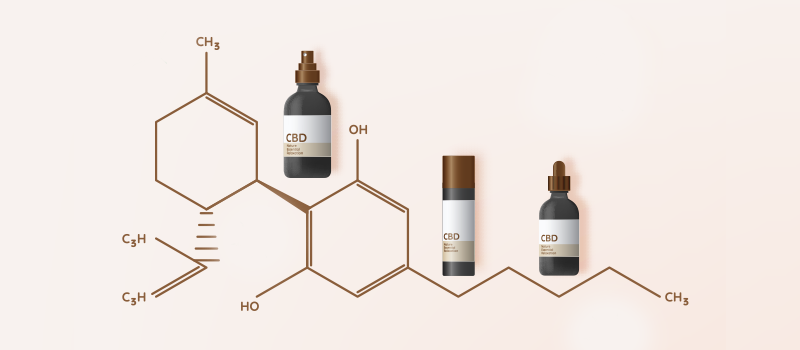

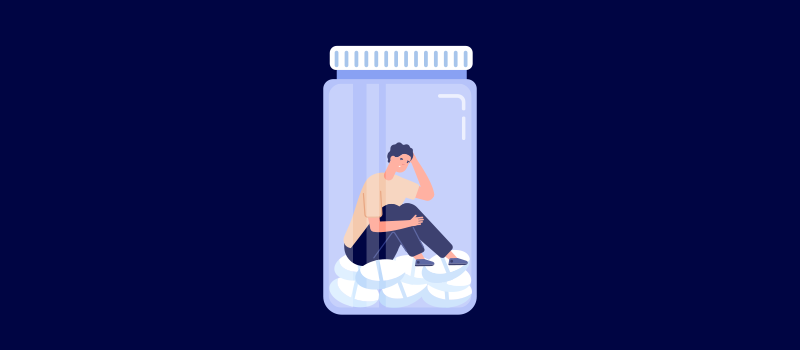
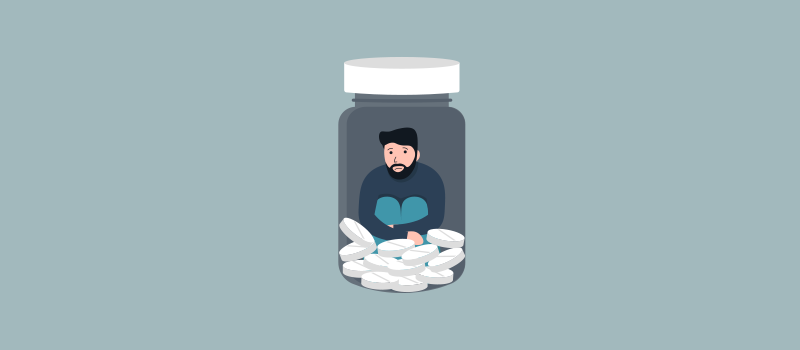

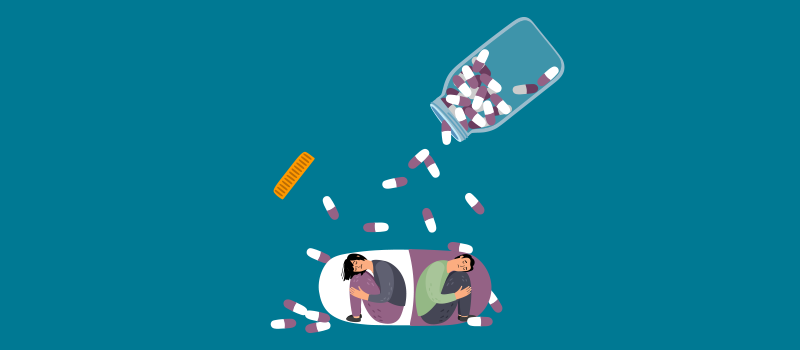

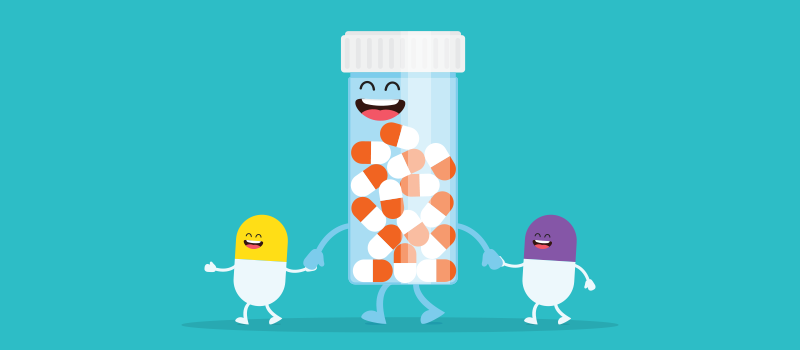

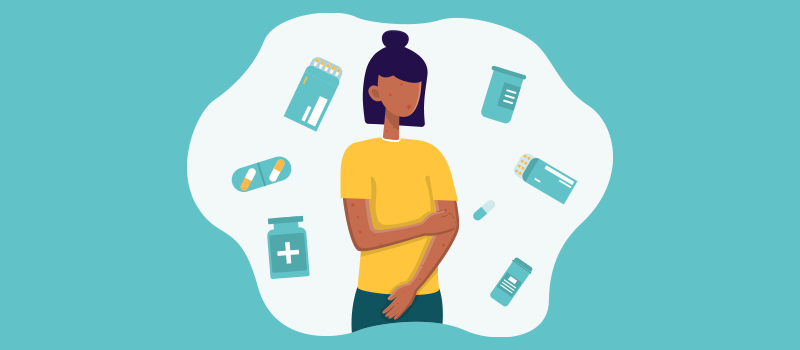
SOCIAL